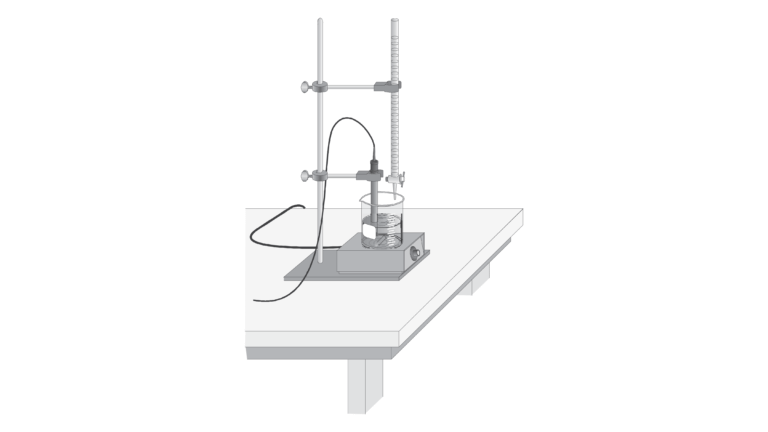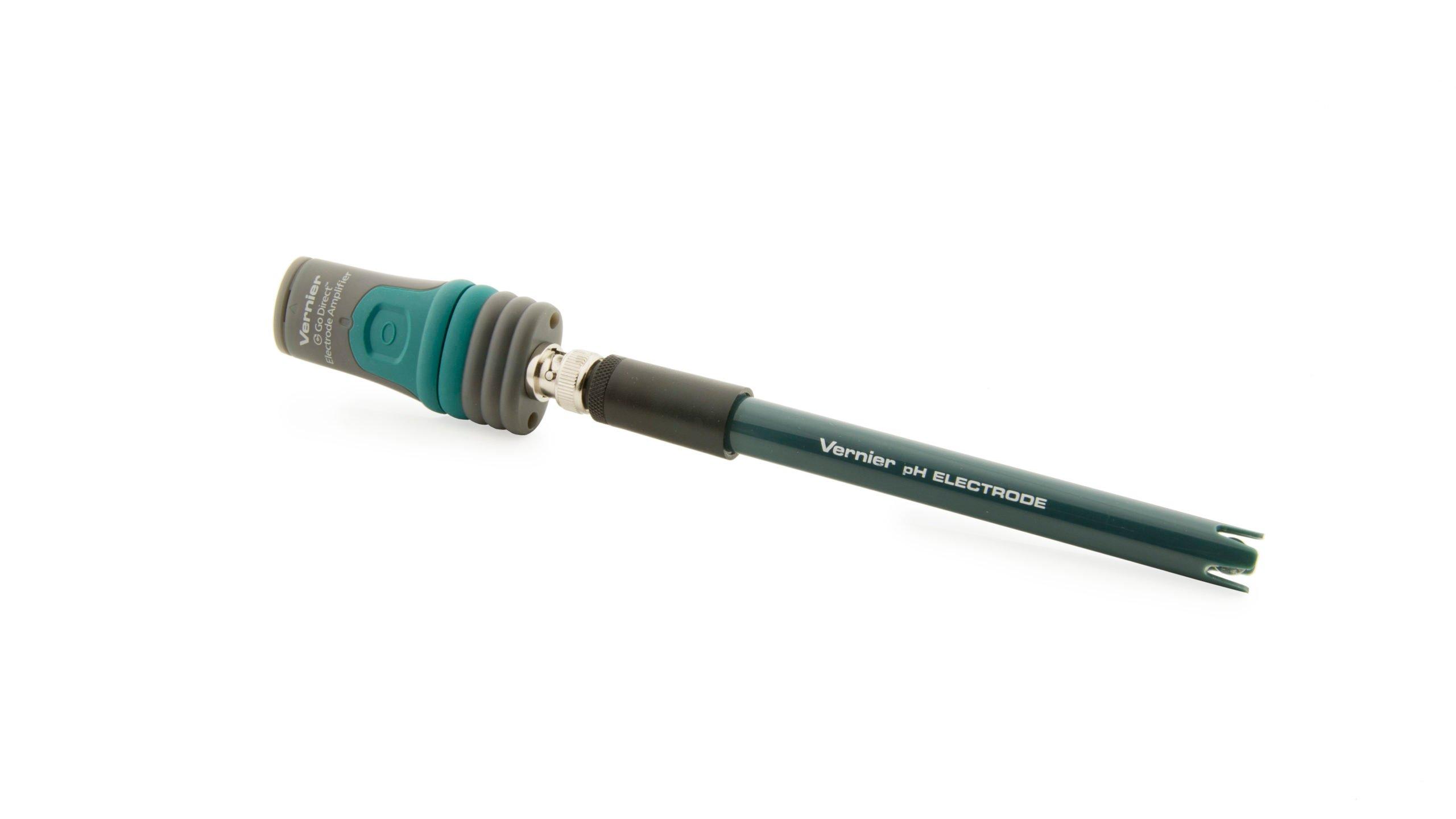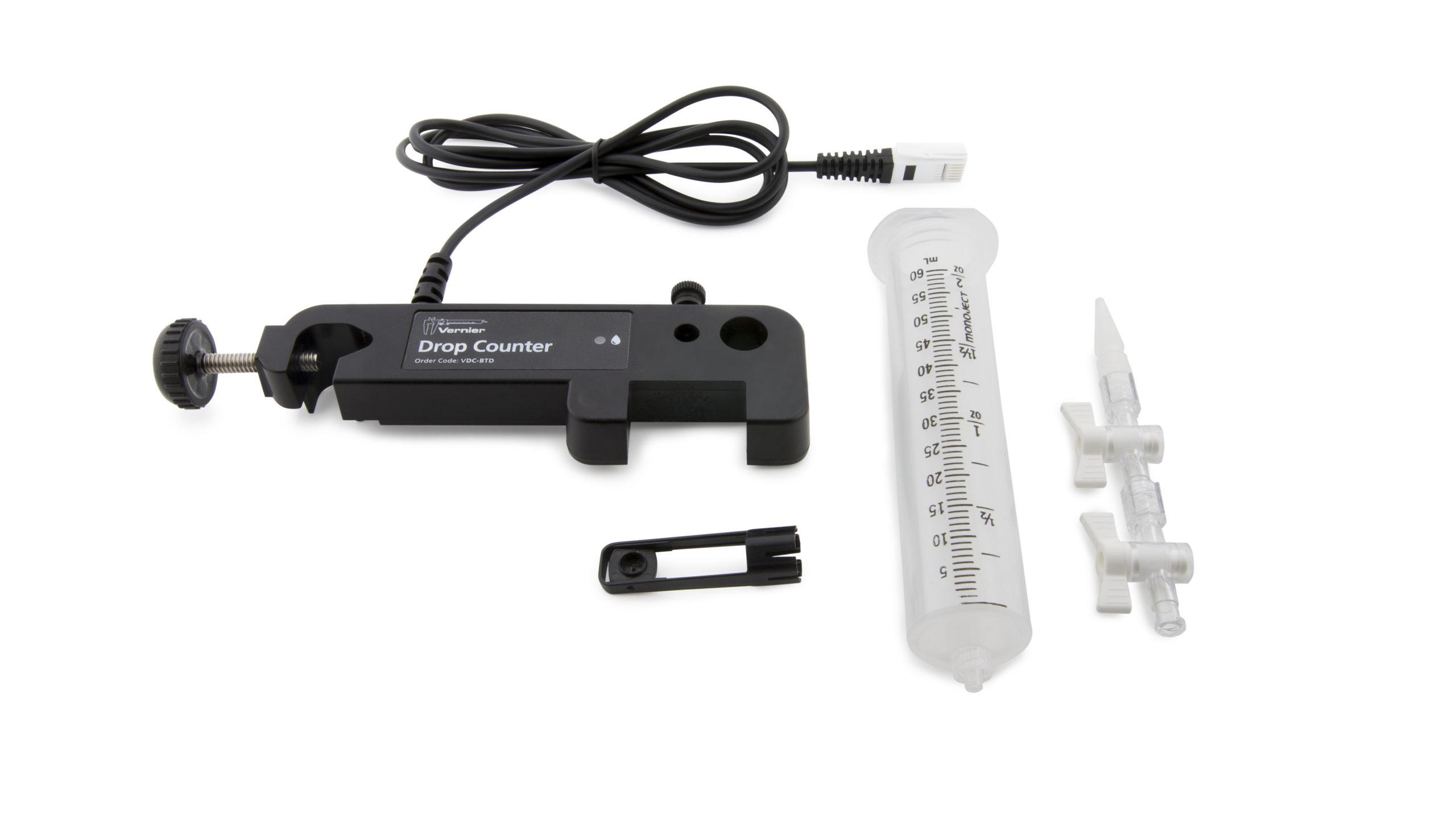
Introduction
An indicator solution does what its name suggests – it indicates. In chemistry, a common use of an indicator is to signal the equivalence point of a reaction between an acid and a base. Generally, an indicator is itself a weak organic acid or a blend of weak organic acids. The indicator establishes equilibrium in aqueous solution, which is shifted according to LeChatelier’s principle as the solution changes in pH. The indicator is one color in the presence of a range of concentrations of H+ or OH– ions, and another color when the acidity changes. Knowing when an indicator will change color helps you determine the precise equivalence point of an acid-base reaction. This knowledge is also important as you select the proper indicator for a given reaction.
Objectives
In this experiment, you will
- Conduct strong acid-strong base titrations using solutions of hydrochloric acid and sodium hydroxide, and three different indicator solutions.
- Select the proper indicator to use with a titration involving a weak acid or a weak base, based on your observations and measurements.
Sensors and Equipment
This experiment features the following sensors and equipment. Additional equipment may be required.
Ready to Experiment?
Ask an Expert
Get answers to your questions about how to teach this experiment with our support team.
- Call toll-free: 888-837-6437
- Chat with Us
- Email support@vernier.com
Purchase the Lab Book
This experiment is #11 of Advanced Chemistry with Vernier. The experiment in the book includes student instructions as well as instructor information for set up, helpful hints, and sample graphs and data.






